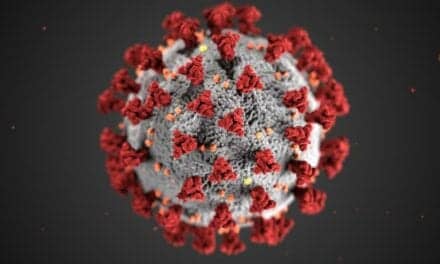This is a companion article to the feature, “Clinical Labs and Diagnostics in Cancer Moonshot Initiatives.”
Many cancer screening tests are in use, according to the National Cancer Institute.1 Some tests have been shown both to find cancer early and to lower the chance of dying from the disease. Others have been shown to find cancer early but have not been shown to reduce the risk of dying from cancer; however, they may still be offered to people, especially those who are known to be at increased risk of cancer.
- Colonoscopy, sigmoidoscopy, and high-sensitivity fecal occult blood tests (FOBTs). These tests have all been shown to reduce deaths from colorectal cancer. Colonoscopy and sigmoidoscopy also help prevent colorectal cancer because they can detect abnormal colon growths (polyps) that can be removed before they develop into cancer. Expert groups generally recommend that people who are at average risk for colorectal cancer have screening at ages 50 through 75. For more information, visit NCI’s fact sheet on tests to detect colorectal cancer and polyps (http://www.cancer.gov/types/colorectal/screening-fact-sheet) and the physician data query (PDQ) summary on colorectal cancer screening (http://www.cancer.gov/types/colorectal/patient/colorectal-screening-pdq).
- Low-dose helical computed tomography. This test to screen for lung cancer has been shown to reduce lung cancer deaths among heavy smokers ages 55 to 74. For more information, see NCI’s national lung screening trial page (www.cancer.gov/types/lung/research/nlst) and the PDQ summary on lung cancer screening (http://www.cancer.gov/types/lung/patient/lung-screening-pdq).
- Mammography. This method to screen for breast cancer has been shown to reduce mortality from the disease among women ages 40 to 74, especially those age 50 or older. For more information, see NCI’s fact sheet on mammograms (www.cancer.gov/types/breast/mammograms-fact-sheet) and PDQ summary on breast cancer screening (www.cancer.gov/types/breast/patient/breast-screening-pdq).
- Pap test and human papillomavirus (HPV) testing. These tests reduce the incidence of cervical cancer because they allow abnormal cells to be identified and treated before they become cancer. They also reduce deaths from cervical cancer. Testing is generally recommended to begin at age 21 and to end at age 65, as long as recent results have been normal. For more information, see NCI’s fact sheet on Pap and HPV testing (http://www.cancer.gov/types/cervical/pap-hpv-testing-fact-sheet) and the PDQ summary on cervical cancer screening (http://www.cancer.gov/types/cervical/patient/cervical-screening-pdq).
REFERENCE
- Screening tests that have been shown to reduce cancer deaths [online]. Bethesda, Md: National Cancer Institute, 2015. Available at: www.cancer.gov/about-cancer/screening/screening-tests#screening-test. Accessed April 20, 2016.




